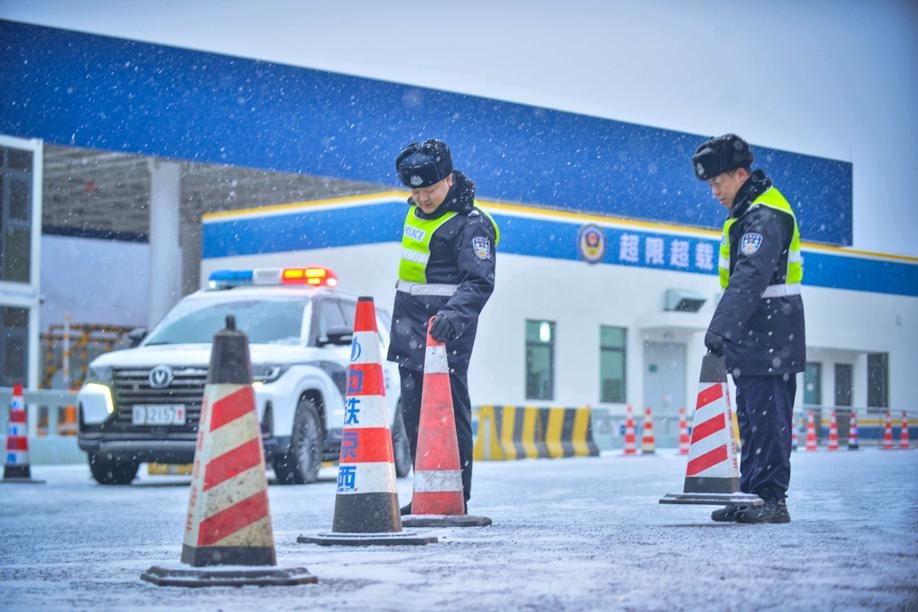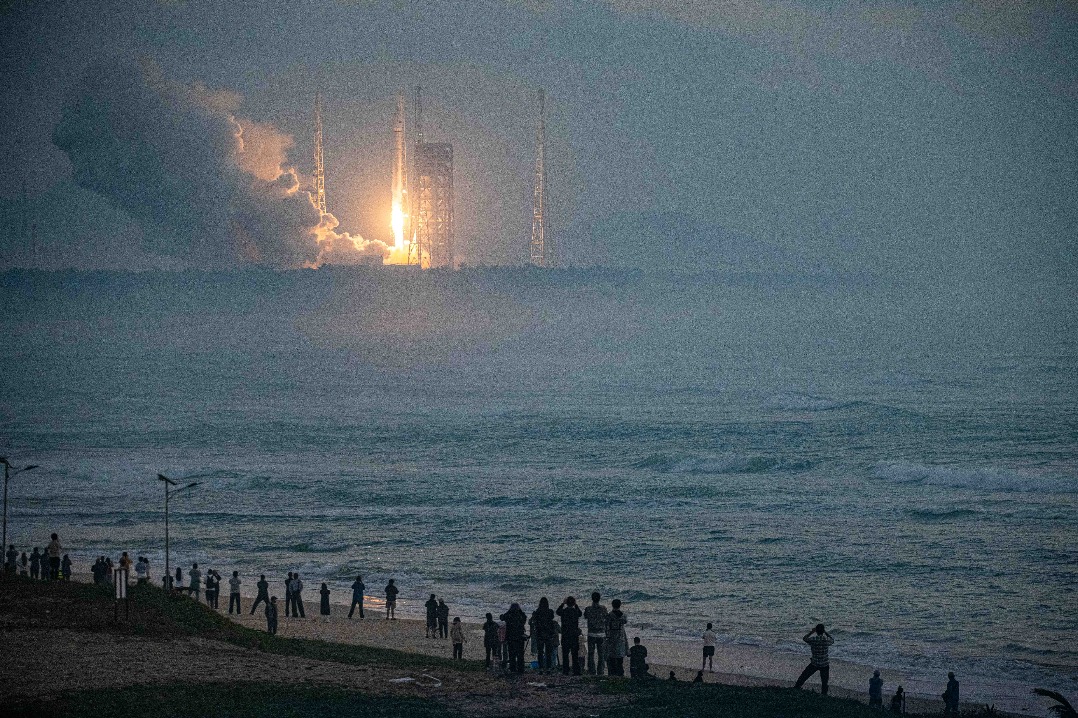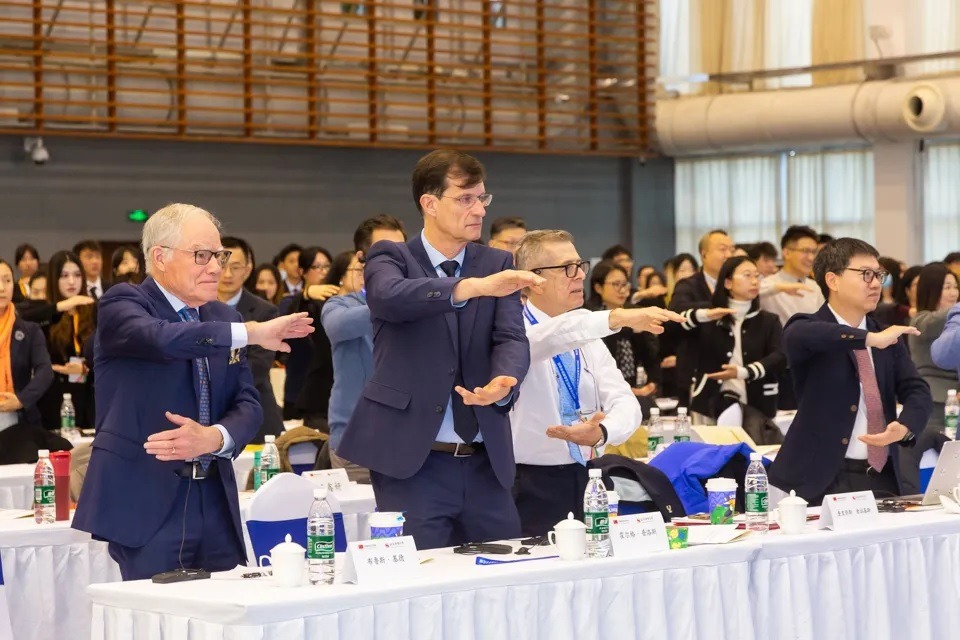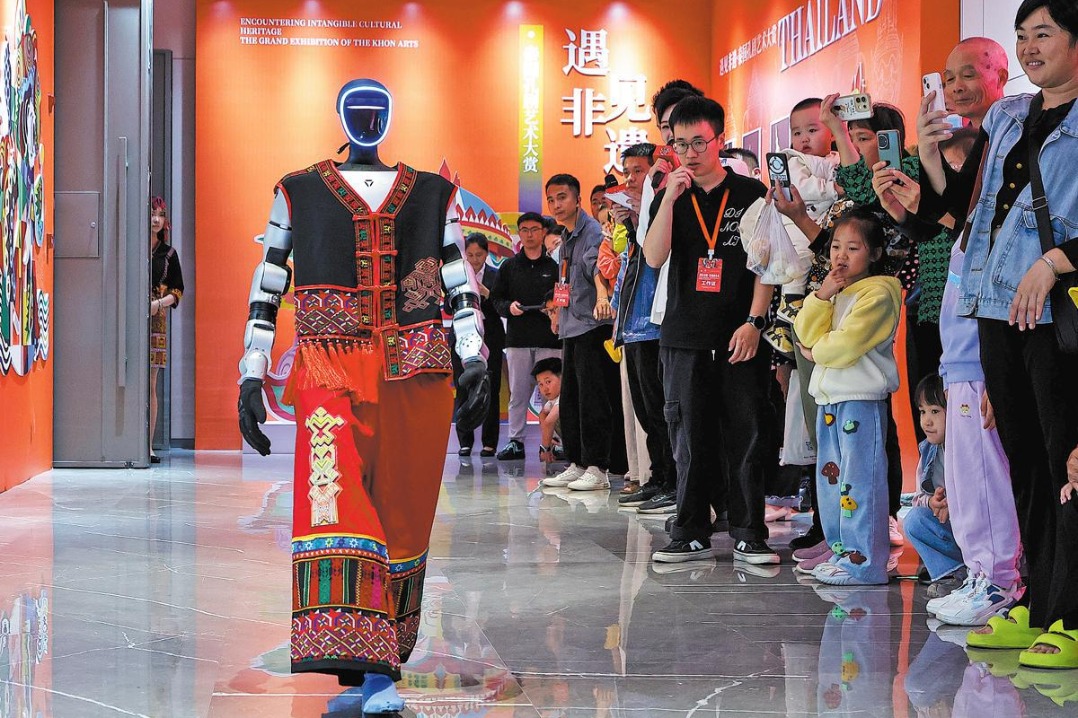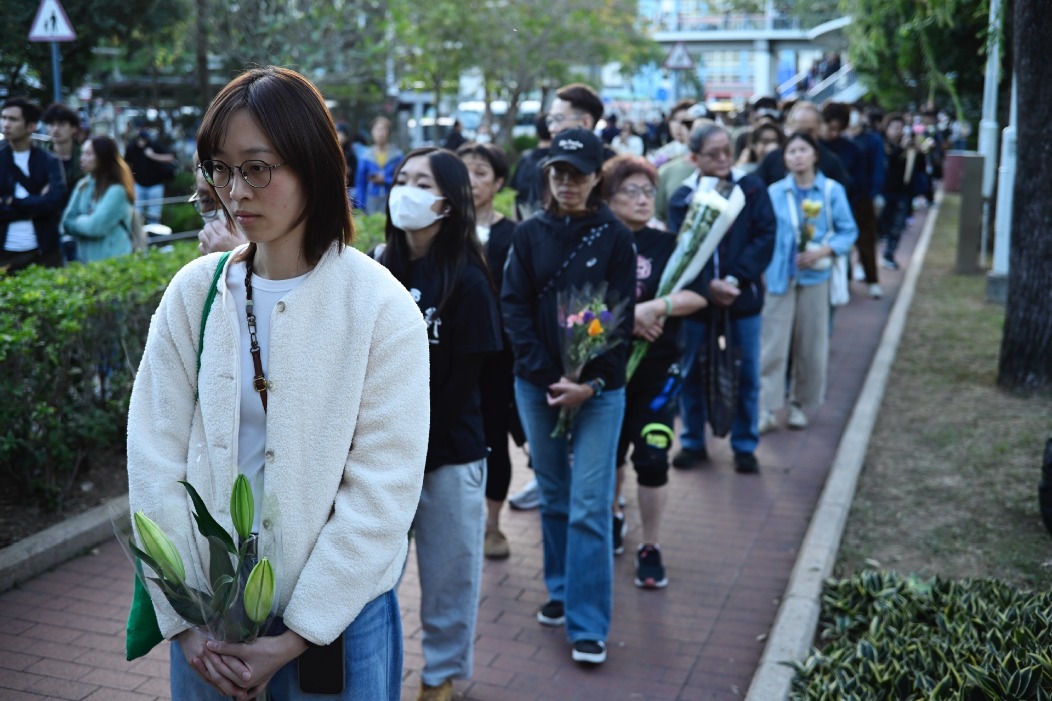Identical twins donate cells to keep mother alive

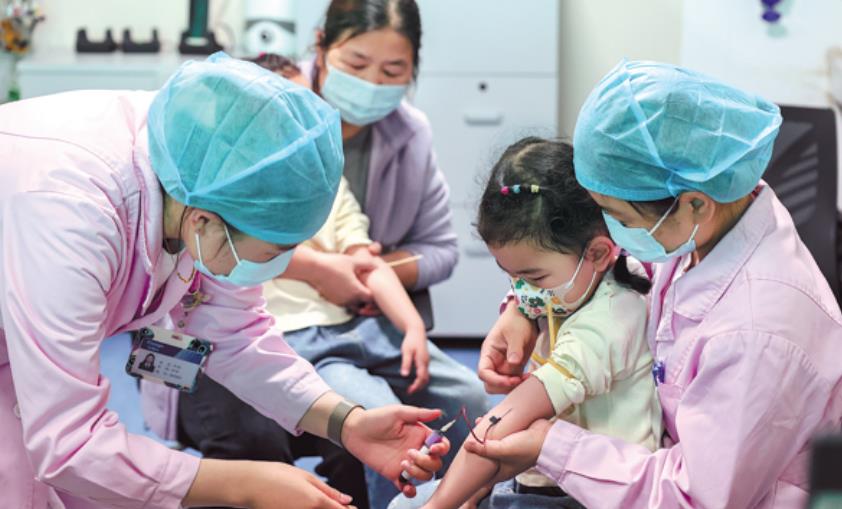
A pair of identical twins only four and a half years old have become China's youngest-ever hematopoietic stem cell donors, marking a significant milestone in medical history. The twins donated stem cells in a race against time to save their leukemia-stricken mother.
This case is the first documented synchronized peripheral blood stem cell donation by two genetically matched preschool-age children for an adult recipient.
The unprecedented procedure, performed on March 26 at The Third Xiangya Hospital of Central South University in Changsha, Hunan province, fused cutting-edge medical innovation with an extraordinary display of familial courage as the sisters endured days of injections and a four-hour collection process while clutching crayons and drawings.
The life-or-death mission began when their 38-year-old mother, surnamed Li, was diagnosed with acute myeloid leukemia three months earlier in Changde. With no matching donors in the national marrow registry, her elderly parents, who are in their 70s, are medically unfit to donate. Meanwhile, umbilical cord transplantation was also ruled out due to antibody complications, so the twins emerged as the sole hope — despite weighing under 20 kilograms each, far below standard thresholds.
"Typically, pediatric donors need to weigh at least one-third of the recipient's body weight. Given the children's weight limitations, we developed a synchronized dual-donor collection approach using genetically identical twins," said associate professor Li Ying, a hematologist at the hospital and attending doctor for the case.
The medical team overcame technical challenges by establishing complex vascular access under anesthesia, performed by associate professor Yin Xinlin from the anesthesiology department.
The five-day process proved emotionally poignant. The twins endured twice-daily subcutaneous injections of stem cell mobilizing agents and daily blood draws.
Despite their fear of needles, the sisters voluntarily rolled up their sleeves, silently enduring procedures while clutching drawings of their family and pet rabbit. Their resilience and innocent artwork transformed them into beloved figures among medical workers.
The twins said they are not afraid of the pain as long as it can save their mother.
After four hours of simultaneous collection, sufficient stem cells were successfully harvested. The cells were immediately transplanted to Li, with both donors recovering well post-procedure with stable vital signs.
"Hematopoietic stem cells regenerate completely within 1 to 2 weeks. The process resembles blood component donation and doesn't affect children's growth," Li said, addressing public concerns about stem cell donation.
The hospital's hematology department, boasting over two decades of transplant experience, has performed nearly 2,000 stem cell collections. This case set a new record for the youngest donors in their practice, following previous technical breakthroughs including transplants for patients over 65 and an 82.4 percent three-year survival rate for allogeneic transplants, according to the hospital.
"This life-saving battle demonstrates both medical courage to push technical boundaries and the miracle created by familial love," said professor Li Xin, director of the hematology department. She credited the success to patient trust and multidisciplinary collaboration, vowing to continue advancing hematological treatments to protect more families.
As the twins' stem cells flowed into their mother's veins, they carried not just a family's hope for survival, but also a profound testament to medical ingenuity and humanity's capacity for compassion, he said.
zoushuo@chinadaily.com.cn
- Doctor injects child with improperly stored drug at Chongqing hospital
- Xi's special envoy attends forum dedicated to Intl Year of Peace and Trust in Turkmenistan
- Memorial ceremony remembers victims of Nanjing Massacre
- Louvre's largest showcase in China goes on display at Museum of Art Pudong in Shanghai
- Indonesian foundation to fund students, school administrators to exchange and study in Tianjin
- Archives detailing crimes of Japanese unit released
















